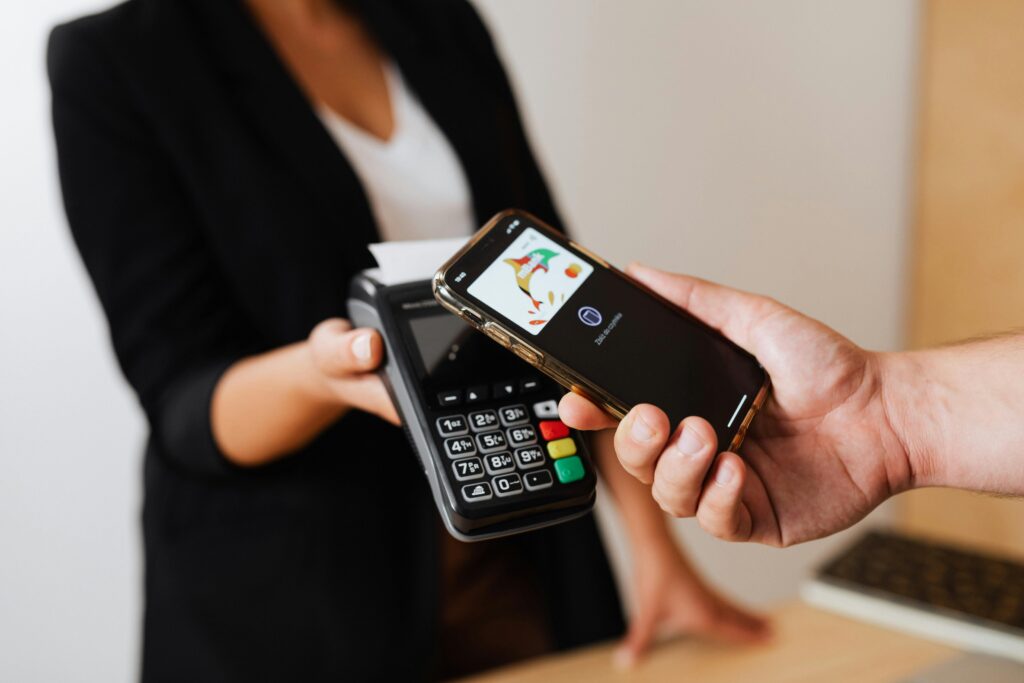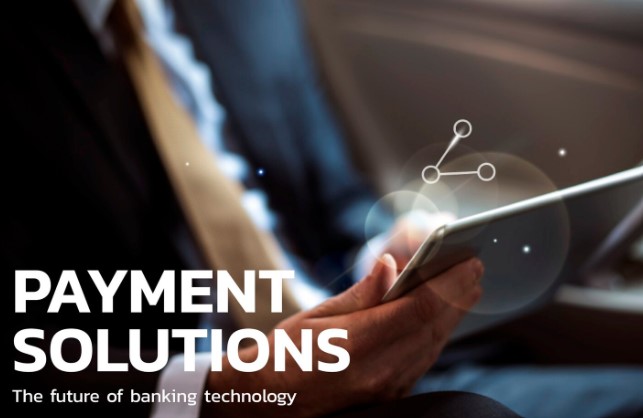Payments Innovation is transforming the way Americans pay, get paid, and manage their money, finally keeping up with the fast innovations of digital economies. The modern payments landscape in the United States has arguably gone through one of the most exciting revolutions in financial technology, with instant transfers and digital wallets. There is a mad race between businesses, banks, and fintech startups to build faster, more secure, and seamless payment experiences for consumers.
Apart from reconstructing the shape of payment transactions in the U. S., in this blog, we shall be looking into the forces for this change and envisioning the future of money movement.
Understanding Payments Innovation
At its core, payments innovation refers to new technologies, systems, and processes that improve the speed, security, and convenience of financial transactions. Traditionally, payments involved cash, checks, or credit cards. However, as digital transformation accelerates, consumers and businesses are shifting toward real-time, contactless, and embedded payment methods.
Payment innovation has one goal: to make payments easy, instant, and accessible. Transferring to a friend, buying groceries, or running a business, faster, smarter, and more secure payments are in fact, being made every year in the U.S.
Key Drivers of Innovation in U. S. Payments
Several factors are driving the evolution of payment systems across the United States. Let us take into consideration the important ones.
Consumer Need for Speed and Convenience
Americans want instant gratification, which has now also become a demand for financial transactions. Payment delays of several days with the old-fashioned banking system seem ridiculous with the advent of mobile banking, P2P apps, and e-commerce.
For this reason, both fintech companies and traditional banks have been investing capital in new technologies to enable funds transfer in seconds rather than in days. FedNow Service by the Federal Reserve, for example, marks a milestone for U. S. financial infrastructure by enabling instant payments between banks.
Digital wallets and contactless payments came into existence.
Apple Pay, Google Pay, PayPal, and Venmo have altered the ways in which people pay for everyday purchases. In addition to that, COVID-19 further increased the adoption of contactless payments, with tap-to-pay becoming the preferred method for paying in stores, restaurants, and even public transportation systems.
This is a clear example where payment innovations really blend convenience with safety. Therefore, folks can conduct transactions without touching cash or physical cards, thereby further improving speed and hygiene.
Growth of Fintech and Open Banking.
Since the burst of fintech startups in the U. S., the competition has become very stiff, really pushing the forefront of payments innovation. Leading to open banking–a scenario in which banks share their data with third-party providers in a secure manner–to provide tailored financial services and alternative payment methods.
In such circumstances, the consumer gains more options to choose how to administer money, while businesses can now accept easy payments integrated into applications or platforms. The whole U. S. financial ecosystem is hence becoming more inclusive and fluid.
AI and Machine Learning
AI comes to symbolize payments with smarter fraud detection, user experience personalization, and automation. Machine learning now scans every transaction in real-time, alarmingly labeling any suspicious activity and making sure the users are saved from fraud.
The AI analyses have also been giving suggestions to marketers on how to optimize route payments, cut down immediate expenses, and up-front customer engagement. Thus, payment innovation does not mean just payments done faster payments, but payments through a smarter and safer payment method.

Rise of Real-Time Payments
Among the most potent developments in payments innovation is the setting up of real-time payments (RTP). While older payment systems settle transactions within hours or days, RTP networks such as FedNow and The Clearing House’s RTP Network allow users to send money instantly at any time.
Consumers benefit from getting paid on the spot or sending money to friends across banks instantly. For companies, real-time payments accelerate cash flow, nurture relationships with suppliers, and remove bottlenecks from operations.
In short, the innovation in real-time payments is changing how money moves in the American economy.
The second prominent trend in payments innovation is the mushrooming of embedded payments—that is, so-called payment processing permeates apps or platforms, or devices. When a person orders food on a delivery app or books a ride on Uber, they are never asked to “check out.” The payment goes down behind the curtain.
Invisible payments are the future of commerce. They strip out any friction, enhance customer satisfaction, and keep transactions secure. More and more U. S. firms are now adapting embedded payments to ensure their customer journeys are frictionless and build brand loyalty.
Blockchain and Digital Currency in Payments
Once thought of as some sort of fairy tale for geeks, cryptocurrencies now hover at the very forefront of payments innovation. The blockchain technology enables transactions to be done securely without intervening authorities, meaning faster and cheaper cross-border transfers.
Additionally, stablecoins, large-scale digital currencies pegged to the U. S. dollar, are becoming preferable platforms for international payments. Additionally, the Federal Reserve is looking into CBDCs as a payment modernization initiative in the next phase.
Regulations are evolving, and payment innovations, especially blockchain-based, might be the next frontier for Americans in sending and receiving money internationally.
Security and Trust: Foundations of Modern Payment Systems
Although speed and convenience matter, security continues to remain the basis of payments innovation. With increasing cyber-attacks and financial fraud, companies are now turning their resources toward advanced technologies, like encryption, biometric authentication, and AI-based monitoring.
Customers receive consumer experiences enhanced with fingerprint scanning, facial recognition, and tokenization that replace sensitive data with secure digital identifiers. The whole of this results in faster and safer transactions.
Therefore, to build low public trust in a mercurial payments terrain, the U. S. regulators are enforcing stricter compliance and data protection standards.
Business Advantages Caused by Payment Innovation
Payment innovation comes with these incumbent potent advantages for American businesses:
- Cash flow improvement-because of real-time settlements and very few delays.
- Lower processing costs-because automation and AI optimize these processes.
- Better customer experience.
- Global reach, via digital wallets and cross-border payment mechanisms.
- Smarter insights with advanced data analytics for better decision-making.
Also, payments innovation keeps businesses at an advantage. In a sense, developers of modern payment solutions and methods shorten customer loyalty tests while increasing efficiency and cutting down on operational risks.
Problems Facing Payments Innovation
The progress notwithstanding, several challenges are continuing along the path toward full payments innovation in the U. S.:
- Legacy banking systems: Many financial institutions, even today, are unwilling to change to faster and more flexible infrastructures.
- Regulatory uncertainties: There will be delayed adoption due to changing rules with respect to cryptocurrencies, open banking systems, and digital assets.
- Cybersecurity risks: Faster transactions will create many entry points for fraud if these risks are not managed well.
- Interoperability issues: In some cases, multiple payment networks are unable to interoperate smoothly.
Thus, finding a fully integrated payments ecosystem will require collaborating among fintech innovators, banks, and regulators.
The Future of Payments in the U.S.
The future of payments in the United States is promising and dynamic. And in the next few years, this means that:
- Real-time payments will see wider adoption, both by individuals and businesses.
- More invisible payments will penetrate digital experiences.
- AI-driven personalization that adapts payment experiences for every user.
- Greater use of blockchain for lower-cost and faster cross-border transfers.
- Broadening financial inclusion, especially through modern payment instruments for underserved communities.
The U. S. payment scenario is, therefore, moving toward the vision of a world where money travels as freely as information—instantly, securely, and globally.
Closing Thoughts
Payment innovation is dramatically changing how money moves for Americans. From digital wallets and real-time payments through blockchain and AI, the U. S. continues to be at the forefront of building a smarter, faster, and more connected financial ecosystem.
This means that the everyday American should see more choice, speed, and security in transactions; at the same time, the business community will see thriving innovations and will be able to work more efficiently and engage customers.
Technology keeps on advancing, and with that, the pace of innovation in payments will only increase. These days, there is no option any longer to keep on top of these trends; it has become imperative for anyone who wishes to survive in the digital economy of tomorrow.
